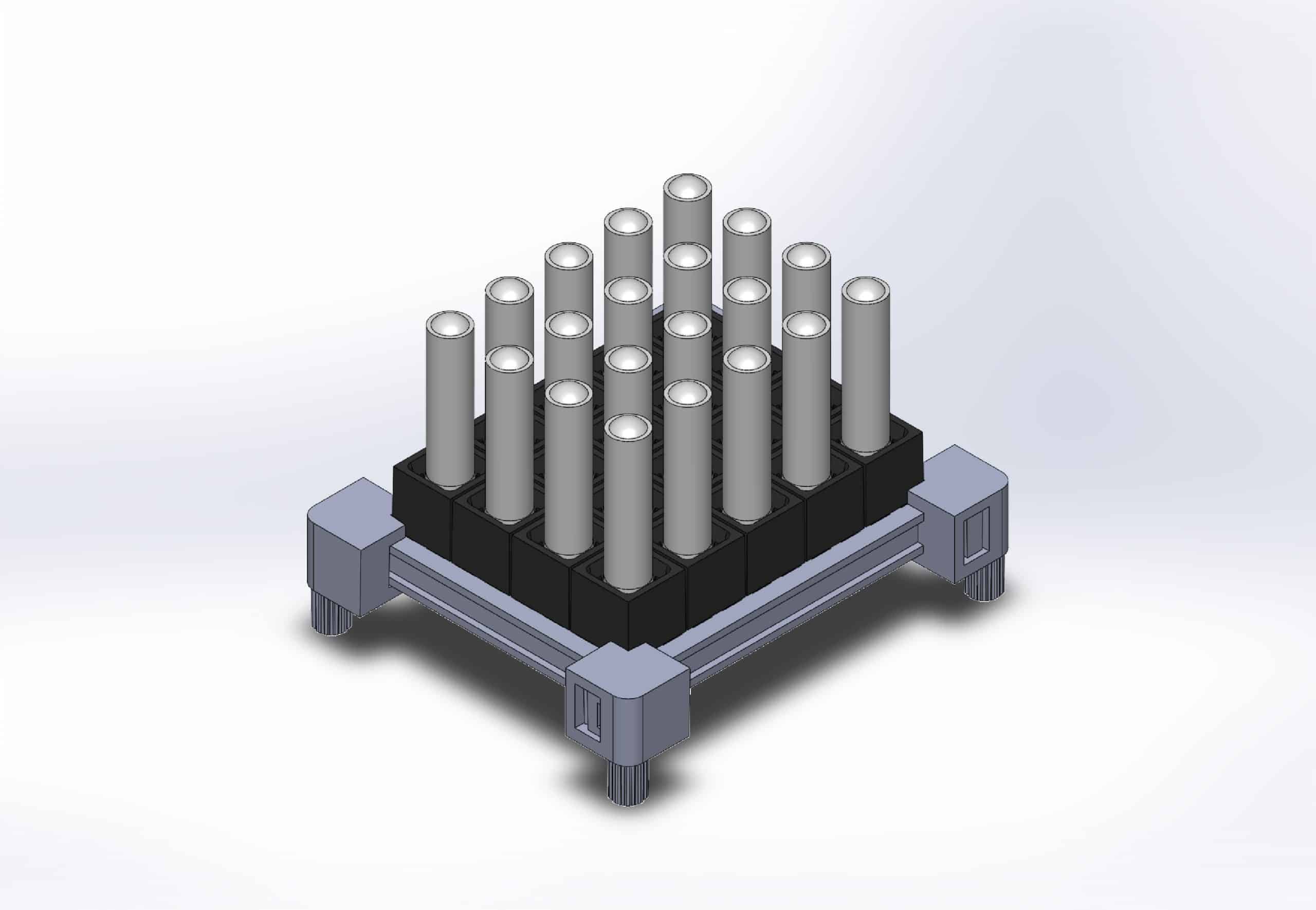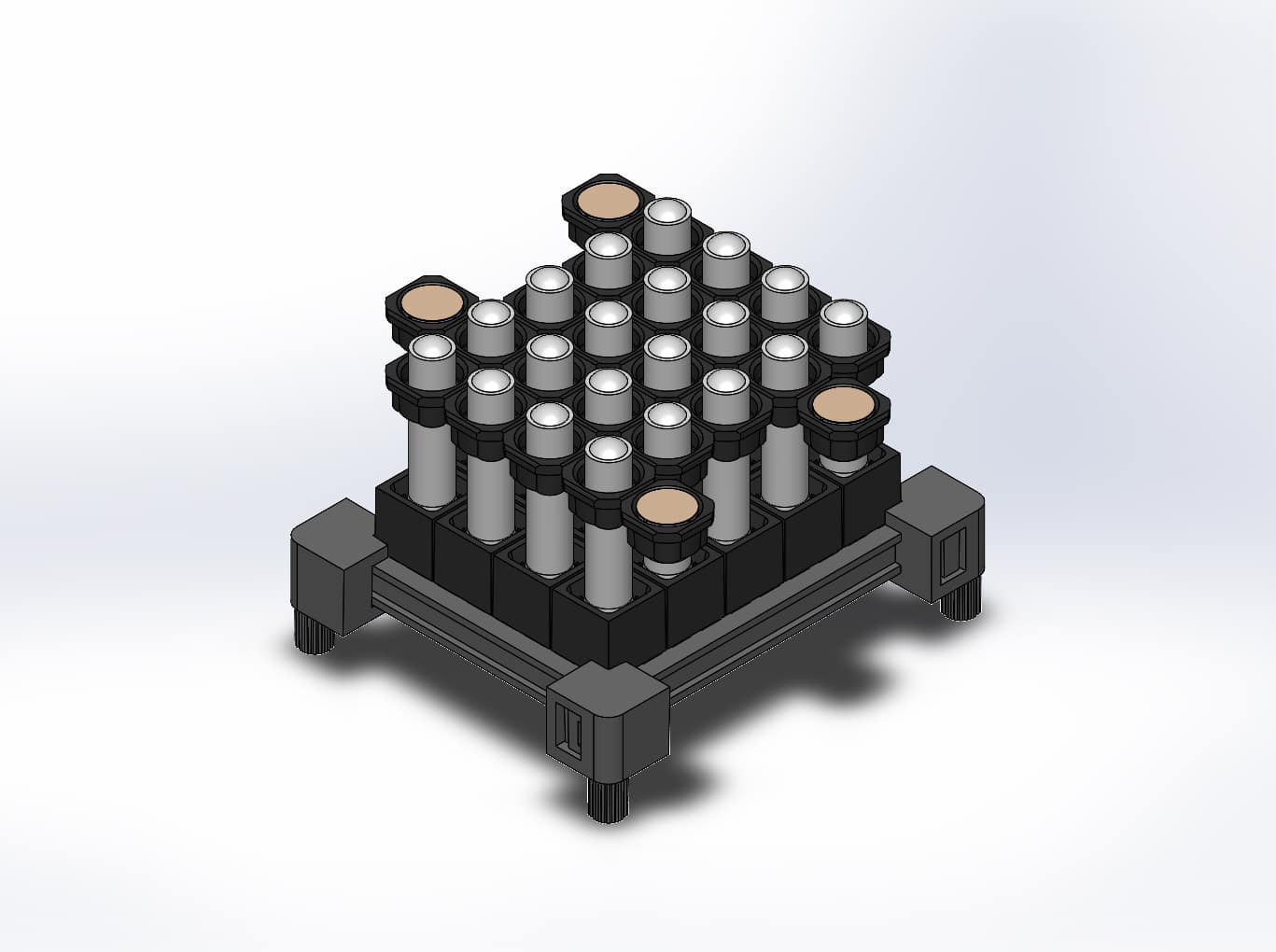Today, indicators seen on premium electronic devices are not LED components, but light pipes. Light is transmitted through a reflective conduit from an internal LED to the surface of a device.
The introduction of light pipes has brought about several positive changes for product developers. First and foremost, the method ensures different colors of LED light do not bleed into one another.
Additionally, developers have gained more flexibility in the layout and placement of PCBs within devices. The features of the UI can be adjusted during the design process without having to make changes to the board. Designers can then optimize the secure placement of a PCB inside a device — for durability against shock and vibration, for example — while maximizing light quality and legibility on control panels.
With all the advantages of this new technique, there have also been engineering challenges in fitting light pipe components into a design scheme. If standard pipe sizes do not match requirements, design teams are often faced with added and often unforeseen time and expense when ordering custom parts.
Bivar’s innovative Modular Light Pipe System (MLPS) simplifies the design and purchasing process of light pipe components. The new modular system of light pipe arrays solves these engineering issues, so that precision fit can be achieved faster for less cost.
Common Design Issues with Custom Light Pipes
Precision fit of light pipes for a new product design often requires custom-designed parts from outside vendors. Typically, the necessity of this customization is realized in the middle stages of development.
Just like ordering a custom electronic component, light pipe customization involves extra engineering staff time to draw up plans and contracts, as well as to supervise the outsourced work through correspondence.
This process can involve lead times of a month or more, with unpredictable additional delays that can push back the timeline of the entire project.Similarly, cost overruns can derail budget estimates. Vendors can inflate costs through minimum order quantity
(MOQ) demands. Even though a customer might initially only need a handful of custom-sized light pipe components to test prototypes, subcontracting companies would still require an MOQ of 1000, for instance.
These unpredictable costs and delays can repeat all over again should a project experience design changes to its UI, like adding a LED indicator or adjusting its position.
Advantages of a Modular System
What is the solution to cost overruns and unforeseen delays?
Forward-thinking design.
The new modular system of light pipes eliminates the myriad complications that come with customized fitted parts.
Bivar’s Modular Light Pipe System (MLPS) simplifies the engineering process allowing design team to incorporate LED indicators into devices with greater flexibility.
The MLPS provides a matrix or array of rigid light pipes that attach to all required LEDs on a PCB. LEDs in this configuration free up to 40% more board area.
How MLPS works
To get started with the MLPS, design engineers can order a modular light pipe array based on the number of LEDs in their design. The MLPS can be ordered in any dimension (up to 8 x 12) through Bivar’s free online configurator.
The modular system has a low MOQ — just 10 pieces — making it the perfect choice for prototyping. The very same easy ordering process can be used for large production runs of tens of thousands of parts.
The modular system with the dimensions of pipes needed for a precision fit is shipped in a few weeks’ time, much shorter than typical fabrication lead times.
Overall, the cost of modular arrays is also much lower than custom parts, regardless of quantity. And design changes or product updates requiring a different number or different dimensions of light pipes can be ordered quickly at the same low cost.
MLPS Features
The design of the modular arrays is intended to make incorporation of LEDs simpler and more efficient for electronic device engineers.
Preconfigured assemblies
Preassembled light pipe arrays are another reason design teams are choosing a modular solution. Bivar ships the custom arrays preconfigured, meaning that the assembly is ready to fit into prototype models right out of the package. For large production runs, this can also save considerable build time.

MLPS-RT

MLPS-RTB
Rail and Tower Options
There are two configurable options with Bivar’s modular system: Rail and Tower (MLPS-RT) and the Rail and Tower with Bezel (MLPS-RT). These two modular system options provide you the freedom to choose configurations that suit your product application.
The MLPS design combines an adjustable rail with ZeroLightBleed™ adapter technology resulting in a highly efficient light pipe system. The compact MLPS-RTB PCB footprint saves valuable space while maximizing light output.
The rail tower with precision alignment bezel gives product designers the ultimate in modular light pipe system for device-to-user communication. This option provides single part number convenience, along with ease of installation and the ability to personalize using Bivar's light pipe system configurator.
The Future is Bright
The new modular light pipe solution from Bivar gives electronic device designers precise connections between LEDs and indicator locations without the roadblocks and cost overruns that come with customized parts.
With low MOQs for prototyping and pre-assembled light pipe arrays ready for the production line, Bivar’s MLPS fits premium light indicators into any size project with a fast and easy ordering process.
The future is bright with an innovation from a trusted source, Bivar — the original developer of ZeroLightBleed™ technology.
